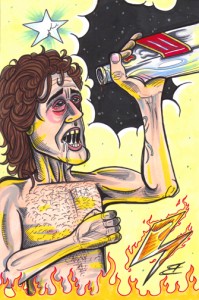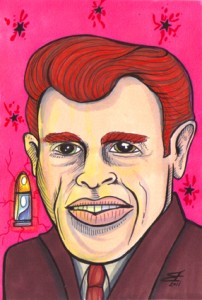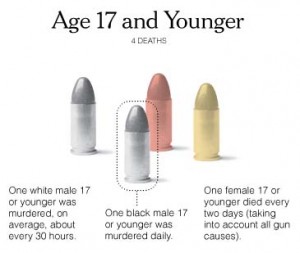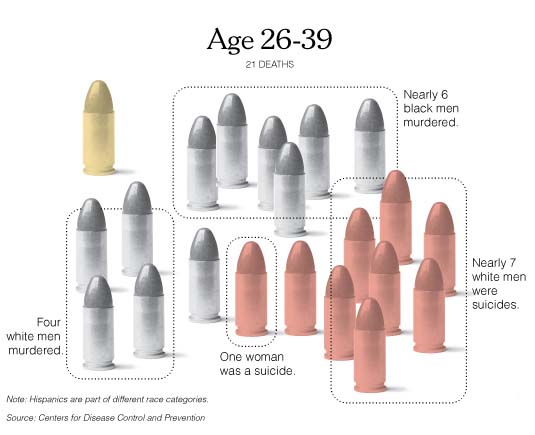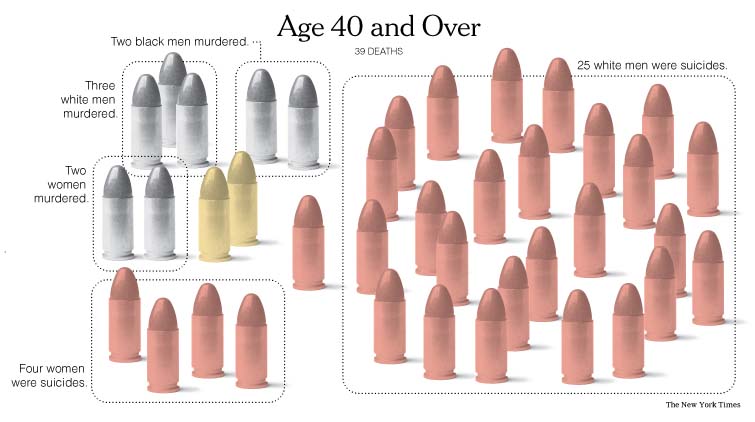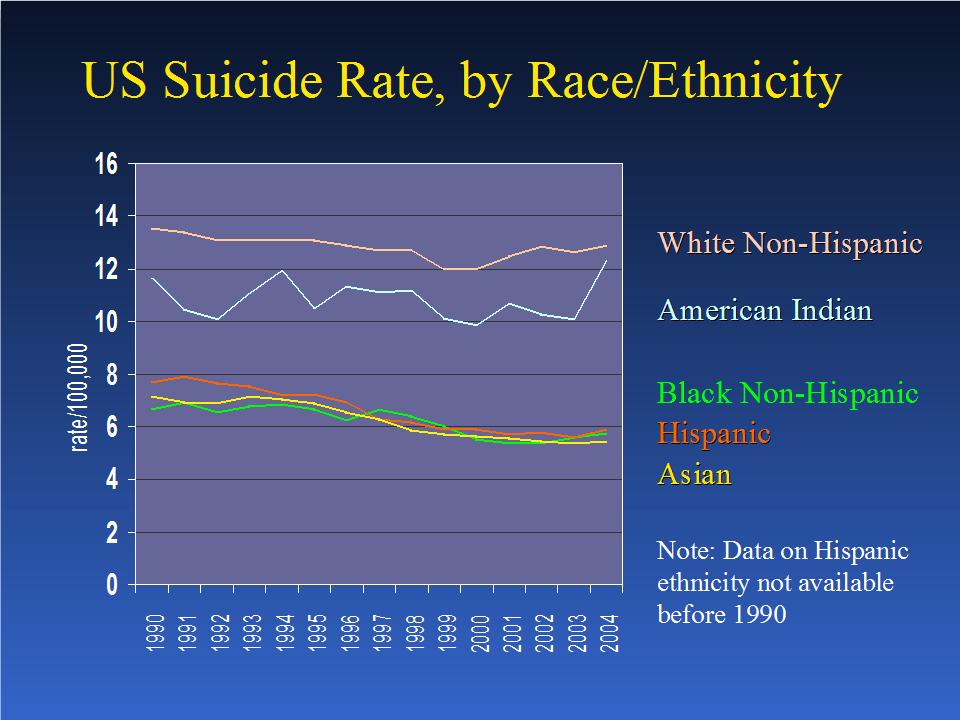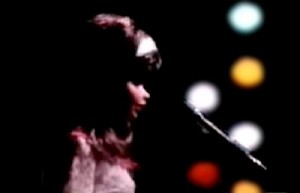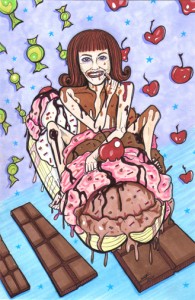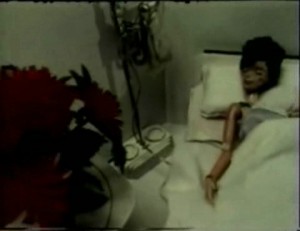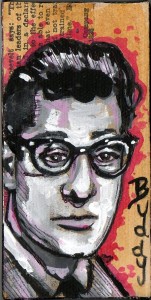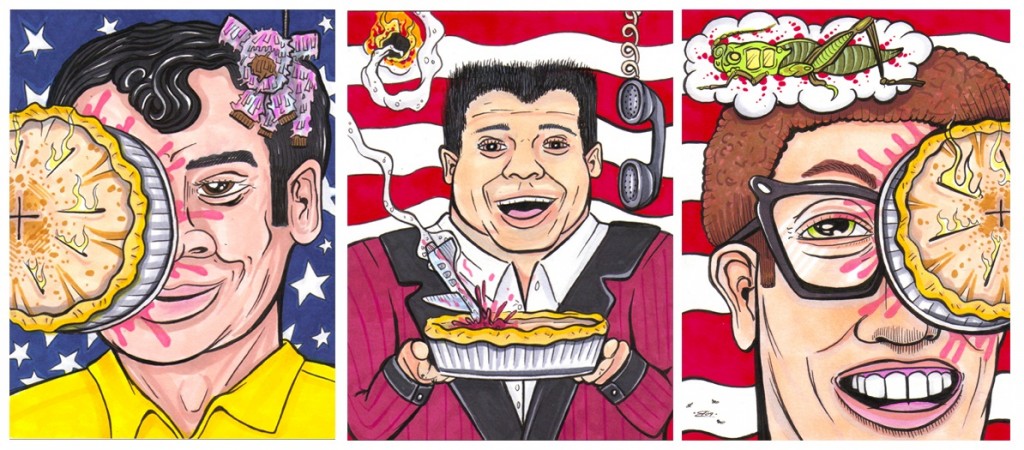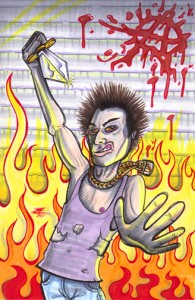A man’s testes are many things to many people. They are objects of affection to be delicately caressed, vulnerable targets for an enemy’s swift boot, or bulging fashion statements in designer briefs. These throbbing organs generate a man’s ultimate purpose—they fuel aggression, propel the pleasure principle, and bestow a masculine pronoun. If his aim is true, future generations will revere his potent orbs as the very wellspring of Life itself.
AC/DC’s greatest frontman, Bon Scott, was extremely proud of his balls. He wore high-waisted skinny jeans to accentuate their curvature, and described them to his wife-to-be as “two hard-boiled eggs and a sausage.” He even wrote a song about them, tastefully entitled, “Big Balls.”
That’s just how Australians are, mate. It isn’t hard to find a bourbon-swilling brawler ready to prove his pair in the land down under. How fitting, then, that after drinking himself to death on February 19, 1980, Bon Scott would be exalted as the patron saint of Australia. He was their true-to-life working class hero, dead at 33.
It was a rough road to glorification. Bon bounced from job to job and band to band for over a decade before fulfilling his destiny in AC/DC. His work ethic was relentless. Never afraid to get his hands dirty, he scraped by laboring on fishing boats, driving tractors, and loading trucks at a fertilizer plant. But his struggle wasn’t just about grit and grime.
Though Bon’s first gigs were behind the drums with the bluesy Spektors, he soon found himself getting dolled up for the utterly unoriginal pop band, The Valentines. Those groovy years from ’66 to ’70 found Scott wearing Shakespearean bangs, poofy sleeves, and ball-shriveling bell-bottoms, all while singing backup to covers of “She Said” and “Build Me Up Buttercup.” Getting girly seems to be a rite of passage for hyper-masculine rockers. I guess it’s a long way to the top if you want to rock n’ roll.
During his four year run with the fuzz-faced folk band, Fraternity, Bon began to retune his energies to the Y chromosome. It was probably a surge of testosterone that fueled his brutal bike wreck in May of 1974. Estranged from his wife, wasted on Jack Daniels, and fired up on irrational fury, Bon hopped onto his motorcycle and crashed into an oncoming car, which landed him in a three-day coma with his teeth smashed out. This mishap shook him up, but it was only a rest stop on the highway to Hell.
Bon was still recovering when he saw the Young brothers—Angus and Malcolm—play their ferocious blues licks in an Adelaide club. They were introduced by mutual friends backstage. When it was suggested that Bon sit in on an AC/DC rehearsal, the fresh-faced Angus Young accused Bon—now in his late 20s—of being too old to rock n’ roll. Bon was quick to show the wee Scottish sprout what cock rock is all about. He tore his shirt off, screeched his heart out, and they offered him the vocalist gig on the spot. Bon told them he would think about it. His commitments to Fraternity and his love for his wife were still tugging at him, but ultimately, there was only one path to take. After all, he hadn’t grown that curly mullet to become a docile family man or play the recorder in some fucking hippie band.
AC/DC are often accused of being repetitive and two-dimensional, generally by those who lack sufficient levels of testosterone to feel the power. Their music celebrates the infernal joy of boyhood, and during their heyday, the riffs vibrated between the legs of a hundred million loose-living lassies. Three themes appear consistently in Bon Scott’s lyrics: rock n’ roll, Hell, and the testicular impulse. For example, he preached the devil’s gospel on “Let There Be Rock,” and “Rock n’ Roll Damnation,” and thumbed his nose at moralists—who consistently banned AC/DC from performing during their early days in Australia—with “Hell Ain’t a Bad Place To Be” and “Highway to Hell.” I am certain that if Bon had survived to make one more album, it would have been called My Rock n’ Roll Balls Are Hotter Than Hell.
Millions of eager, pubescent boys were prepared for the mysteries of sexual union by tracks like “Love at First Feel,” “Squealer” (an ode to taking virginity), “The Jack” (a euphemism for venereal disease), and “Night Prowler.” The latter—which describes the erotic desires of a nocturnal murderer—achieved tabloid infamy after Satan-worshipping serial killer Richard Ramirez was reported to be obsessed with it. And of course, there is my personal favorite, “Whole Lotta Rosie,” which is about making sweet love to a grossly obese woman, conjuring visions of “Mama” Cass wearing nothing but a dozen jelly donuts.
One may suspect this rock star bravado to be a campy pose, but Bon Scott lived every bit of his image. The man got more tail than Davy Crockett on a coon hunt. Life backstage was a whirlwind of groupies and booze, and Bon was never one to let an opportunity go to waste. Aside from reefer and the occasional snort to keep the party going, he wasn’t much of a drug user. In fact, you could say he was just a social drinker. The thing is, he couldn’t stand to be alone. Toward the end, he was guzzling Scotch like a desert nomad at a water fountain. “It keeps you fit,” he once quipped, “the alcohol, nasty women, sweat on stage, bad food—it’s all very good for you!” Maybe so, but Bon was as well-known for STDs at the urology clinic as he was for hits in the hard rock scene, and his diligent, if rapidly deteriorating liver became the subject of scientific curiosity. How fitting that his last televised performance was “Touch Too Much” on the BBC’s Top of the Pops (according to biographer Clinton Walker.)
Of course, there was more to Bon than the rock n’ roll caricature that eventually consumed him. He was steadfastly loyal to his family and friends, and sent hundreds of letters from the lonesome road. At the height of his international success—after the 1979 release of Highway to Hell—he regularly confided to those close to him that he longed for a stable home, a good woman by his side, and children to carry on his name. Behind that cunning leer was a deeply sentimental soul in search of solid ground to stand on. His last weeks were spent with Anna Baba, a Japanese woman he’d moved into his London flat. She barely spoke a word of English, but would cook him traditional meals and mother him through constant benders. He worked diligently on an upcoming album down to the final gulp. With a touching stroke of sincerity, his last recording was “Ride On,” a lament to the weariness of the endless highway.
As dawn broke on February 19, 1980, Bon flopped into the passenger seat of his friend Alistair Kinnear’s car after downing rows of whiskey doubles at the Music Machine in London. Unable to carry Bon up to his flat, Kinnear reclined the passenger seat, covered Bon with a blanket, and left him in the car to sleep it off. By the time Kinnear returned that evening, Bon was blue, having choked on his own puke. The certificate reads: “Death by Misadventure.”
Australia let out a collective cry of mourning. Breasts were beaten, whiskey shots were poured into the soil, and Highway to Hell echoed through the Outback with eerie poignancy. Bon’s ashes were interred in a Freemantle cemetery. Like Jim Morrison’s tag-covered grave in Paris or the syringe-and-cigarette-strewn park bench near the site of Kurt Cobain’s suicide, Bon Scott’s grave has become an international destination for mullet-sporting pilgrims. A statue was erected in his honor, and an arch above the entrance bears his name. Hordes of fans converged at his gravesite for last year’s 30th deathday, blaring bagpipes and strumming guitars to invoke his spirit.
Sketchy conspiracy theories cast suspicion upon AC/DC’s next album, Back in Black, which was hastily released a mere five months after Scott’s death. Some questions are compelling: Who were the “two big men” that Anna Baba claims rifled through Bon’s flat the day after he died? And what happened to the notebooks that Bon had been filling with lyrics? His parents never received them. Some claim that Scott’s final lyrics were used for the album dedicated to him. I personally believe that his notebooks are being held in a subterranean laboratory beneath Graceland, along with the extraterrestrial corpses recovered at Roswell.
It is striking, though, that Brian Johnson was chosen to be the new frontman within a month of the funeral. Many fans were appalled by this swift replacement—but not enough to hurt record sales. Back in Black became the second best-selling album in the world behind Michael Jackson’s Thriller, and Brian Johnson became Paul of Taursus to Bon Scott’s Jesus Christ.
And lo, the Evil One said, “Let there be Rock…”
© 2011 Joseph Allen
